What is a Cooked Tarantula?
A cooked tarantula is exactly what it sounds like a tarantula, a large, hairy spider, prepared for consumption. While it might seem unusual to some, eating insects and arachnids, including tarantulas, is a practice with deep roots in various cultures around the world. These eight-legged creatures are not just a novelty food item but can be a source of protein and a unique culinary experience. The preparation methods and flavors vary depending on the region and cultural traditions, making each encounter with cooked tarantula a potential adventure. Understanding what a cooked tarantula entails is the first step in appreciating this intriguing delicacy.
Origin and Cultural Significance
The practice of eating tarantulas has a rich history linked to cultural traditions, particularly in Southeast Asia, and parts of South America. In Cambodia, for instance, fried tarantulas have become a popular street food and a symbol of resilience during times of scarcity. Indigenous communities have often incorporated insects and arachnids into their diets as sustainable and readily available sources of nutrition. These traditions underscore the importance of food in shaping cultural identities and adapting to environmental conditions. The consumption of tarantulas can be seen as a testament to human adaptability and a celebration of diverse culinary practices that have evolved over centuries.
Where Tarantulas are Eaten
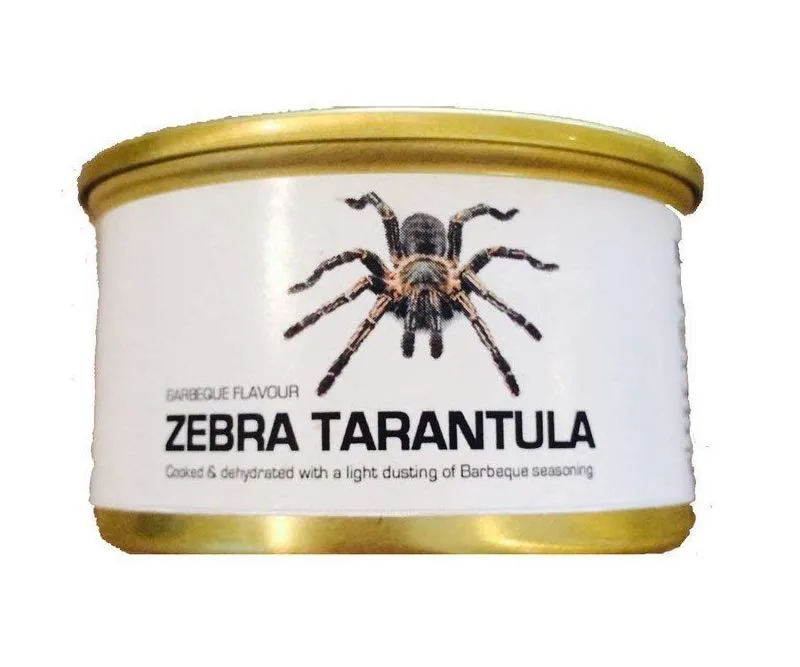
Cooked tarantulas are most commonly eaten in countries like Cambodia, where they are a well-known street food, and in parts of Venezuela and Thailand. In Cambodia, the town of Skuon is particularly famous for its fried tarantulas. These spiders are often seasoned with salt, sugar, and garlic and deep-fried until they turn crispy on the outside and tender inside. In Venezuela, indigenous communities may roast tarantulas over an open fire. The availability and consumption of tarantulas are deeply connected to local food cultures and regional culinary practices that may be influenced by ingredient availability and local preferences. Exploring these regions and their culinary traditions can provide a broader understanding of how tarantulas are prepared and enjoyed.
The Art of Tarantula Preparation
Preparing tarantulas for consumption is a crucial step to ensure both edibility and a pleasant dining experience. This process typically starts with selecting the right tarantulas, which are often wild-caught or sourced from reputable farms. The preparation includes cleaning and removing any potentially harmful parts of the spider, such as the fangs and internal organs. Cooking methods greatly influence the final taste and texture. Common practices include deep-frying, grilling, roasting, and boiling, each offering a unique flavor profile. The spices and marinades used also play a significant role in determining the final taste and texture of the tarantula. Correct preparation ensures the food is safe, delicious, and enjoyable, transforming a raw spider into a culinary delight.
Cleaning and Prepping the Spider
Cleaning and prepping the tarantula is a key step in the process. The tarantula’s fangs are typically removed as they can pose a hazard, and the hairy exterior may be cleaned. Some cooks prefer to remove the internal organs, as these may contain toxins or have an unpleasant taste. The spider is often washed thoroughly. The goal is to make the tarantula safe to eat and enhance its flavor. This preparatory phase ensures a more palatable and enjoyable eating experience, with the careful attention to detail ensuring the best possible culinary result. Proper cleaning reduces risks and prepares the tarantula for the chosen cooking method.
Popular Cooking Methods for Tarantulas
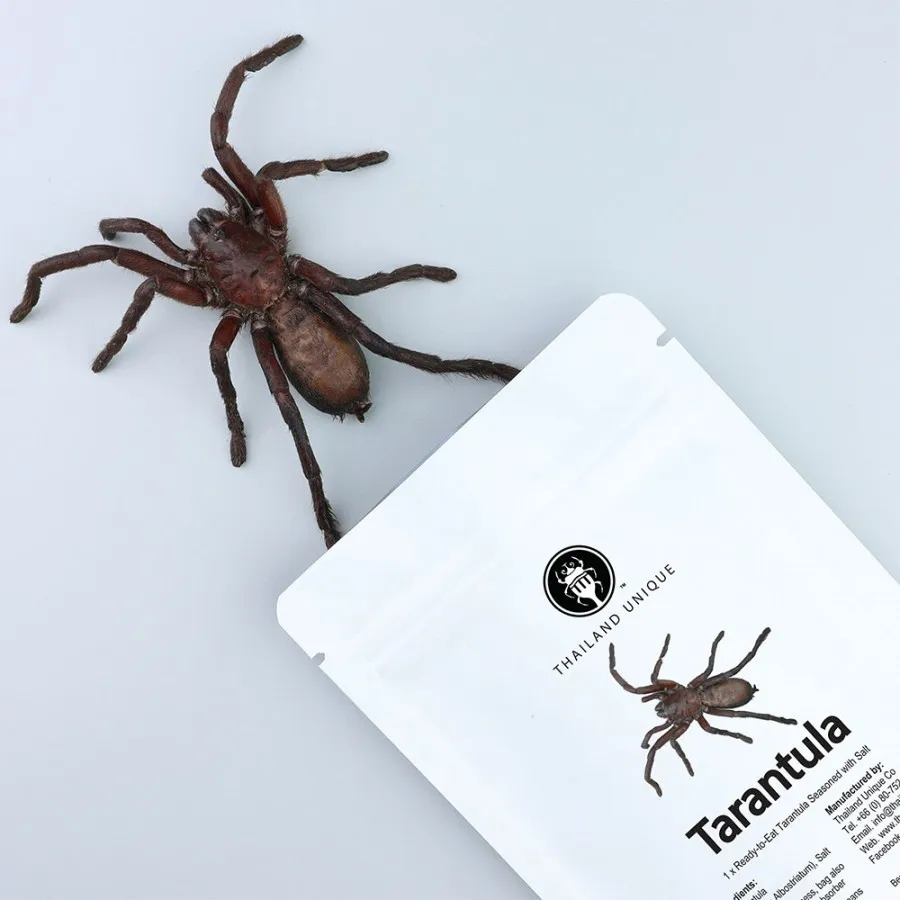
Cooking methods dramatically affect the taste and texture of a tarantula. The most common methods include frying, grilling, roasting, and boiling. Each technique imparts a unique flavor profile and texture, offering varied culinary experiences. Frying results in a crispy exterior and tender interior, while grilling adds a smoky flavor. Roasting can bring out the natural flavors of the spider, and boiling, though less common, can create a softer texture. The choice of cooking method depends on the desired flavor profile and texture. The best method often comes down to individual preference and the regional cooking practices.
Frying
Frying is one of the most popular methods for cooking tarantulas, especially in Southeast Asia. The spider is typically deep-fried in hot oil until it turns crispy and golden brown. Seasoning, such as salt, sugar, and garlic, is added to enhance the flavor. This method provides a crunchy exterior with a soft interior. The texture contrast makes it appealing to many eaters. The high heat creates a satisfying texture. The use of oil ensures the spider is cooked evenly. Frying is an accessible method, bringing out the best textures and flavors.
Grilling
Grilling tarantulas involves cooking the spider over an open flame or on a grill. This method imparts a smoky flavor. The spider is usually seasoned with herbs, spices, and marinades to enhance the taste. Grilling can be done directly over the heat or using indirect heat, depending on the size of the tarantula and the desired level of doneness. The grilling process adds a layer of complexity to the flavor profile. The method often results in a tender, slightly charred texture. Grilling is a flavorful alternative. The method is suitable for adding complexity to the overall flavor.
Roasting
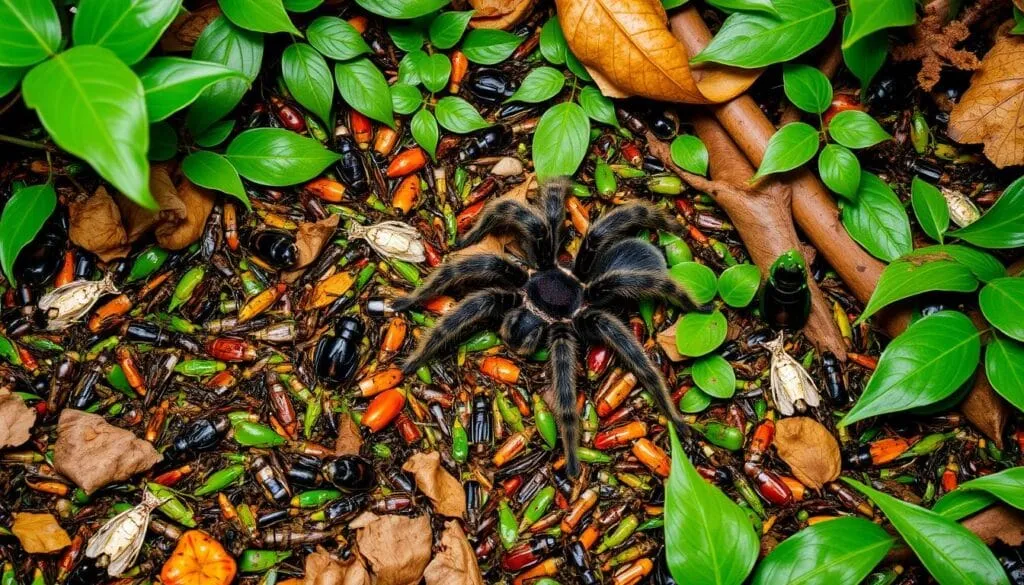
Roasting tarantulas involves baking them in an oven at a moderate temperature. The spiders can be seasoned with various herbs, spices, or even stuffed with flavorful ingredients. Roasting provides a more even cooking process. This method brings out the natural flavors of the tarantula. The texture will usually be tender. This cooking method is less common. Roasting allows for the flavors to meld well together. It is a good option if you want a more subtle flavor.
Boiling
Boiling tarantulas involves cooking the spiders in hot water or broth. This method is less common and is often used as a preliminary step before frying or grilling. Boiling can tenderize the spider, but it can also dilute the flavor. The spider might then be seasoned with salt, spices, and other ingredients. It is a simple method. It is a less common choice. It can be used to soften the texture. Boiling can also remove unwanted flavors.
The Flavor Profile of Cooked Tarantula
The taste of a cooked tarantula can vary widely depending on the cooking method, the spider’s diet, and the seasonings used. Generally, it is described as having a flavor profile that is a combination of seafood and chicken. Some people also detect a slight earthy or nutty undertone, especially when the tarantula is roasted or grilled. The texture can range from crispy on the outside to soft and fleshy on the inside, depending on how it is prepared. The legs and body parts offer different textures and flavors. The overall taste is often considered unique and is a point of curiosity for many adventurous eaters.
Describing the Taste and Texture
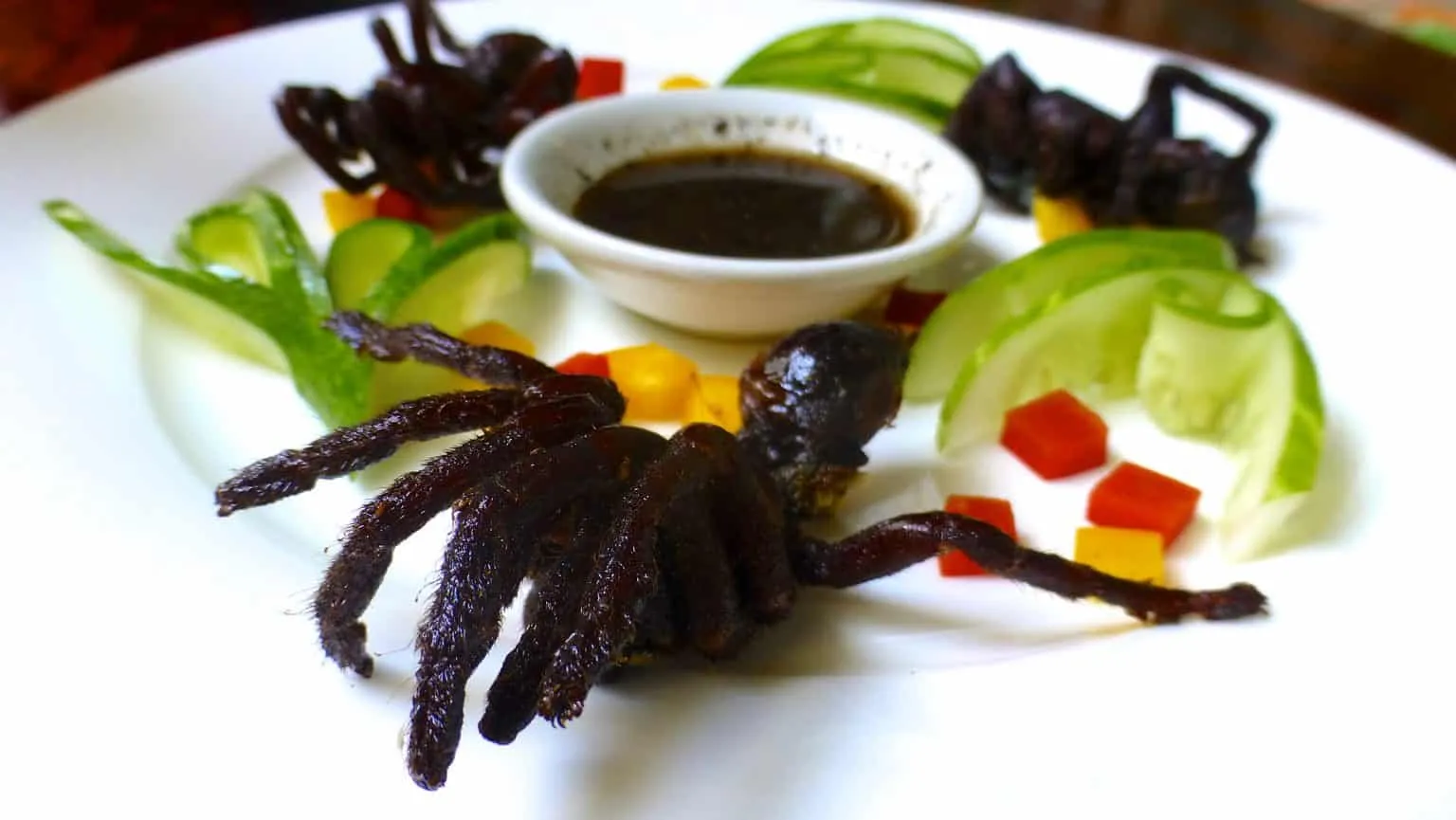
The taste and texture of cooked tarantula are essential components of the eating experience. Many describe the taste as a blend of seafood, chicken, and sometimes even a hint of crab or shrimp. The flavor is often enhanced by the cooking method, with grilling adding a smoky flavor and frying creating a crispy texture. The texture is often a mix of crispy exterior and a softer, meatier interior. The legs are typically the crunchiest part, while the body can be more delicate. The experience is truly unique. The varied textures and flavors make it interesting.
Flavor Combinations and Pairings
To enhance the flavor of cooked tarantula, various seasonings and ingredients can be added. Salt, pepper, garlic, and chili are frequently used to provide a boost. Marinades, such as soy sauce, fish sauce, or lime juice, can also add depth to the flavor. Flavor combinations can include herbs, spices, and sauces. Pairing it with rice, vegetables, or other side dishes further improves the experience. The taste and the culinary context create a unique meal. Experimenting with different seasonings and accompaniments is often encouraged to discover a combination that best suits one’s taste preference.
Health Benefits and Nutritional Value
Eating tarantulas, like consuming other insects, can offer some health benefits and nutritional value. Tarantulas are a good source of protein, which is essential for muscle building and overall health. They contain essential amino acids, fats, and various minerals. Depending on the species and diet of the spider, the nutritional profile can vary. The benefits depend on the cooking method. It’s a sustainable source of protein. Eating insects may also support sustainable food practices and reduce the environmental impact. The high protein content makes tarantulas a nutritious option for some.
Protein Content and Other Nutrients

Tarantulas are a good source of protein. They also offer essential amino acids, fats, and various minerals. Protein is vital for muscle repair and overall bodily functions. The fat content varies depending on the spider’s diet and preparation method. The nutritional value makes it a viable food source. Compared to other protein sources, tarantulas may offer a sustainable alternative. It is essential to consider the cooking method as it influences the overall nutritional profile. The nutrient content may differ based on species. The potential nutritional value can vary.
Potential Risks and Considerations
When considering eating cooked tarantula, it’s important to be aware of potential risks and factors. Allergies are a significant consideration. Some people may have allergic reactions to tarantulas, similar to reactions to other arthropods like shellfish. Additionally, the origin and preparation of the tarantula should be considered. Tarantulas should be sourced from reliable sources to ensure they are safe for consumption. The risk from toxins is always a concern. Safe preparation is essential to minimize health risks. It’s essential to be informed before consuming a cooked tarantula.
Allergies and Toxicity
Allergic reactions and potential toxicity are crucial health considerations. People allergic to shellfish might have an allergic reaction to tarantulas. Symptoms can range from mild skin rashes to more severe reactions like anaphylaxis. It is crucial to identify your allergies. Potential toxicity can arise from the spider’s diet or preparation methods. Tarantulas sourced from areas with pesticide use might contain harmful substances. The safest approach is to eat tarantulas sourced from a reliable supplier. Consult with a healthcare professional. If you have concerns, always seek medical advice.
Where to Find and Buy Tarantulas
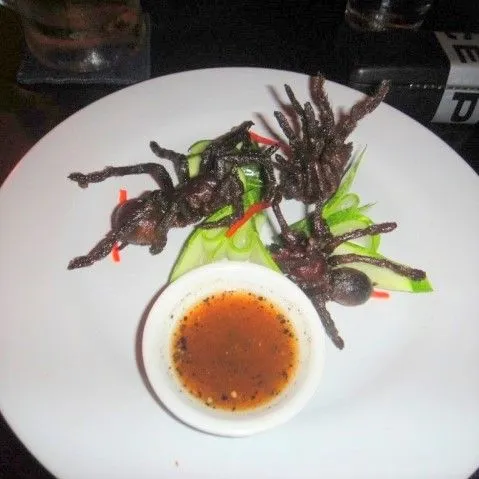
Finding and buying tarantulas can depend on your location and local regulations. Tarantulas are often available in areas where eating insects is common. This may include local markets or specialized food vendors. In some places, you might find them in exotic food stores or online. If you wish to eat them, make sure they are sourced from ethical suppliers. You want to ensure quality. Verify local regulations, as sourcing tarantulas may be restricted. The best way to find them is to research local resources. Check online marketplaces. Buying from reliable sources ensures you get safe food.
Ethical Sourcing and Sustainability
When it comes to eating tarantulas, ethical sourcing and sustainability are vital aspects to consider. It is essential to choose suppliers that practice responsible and sustainable harvesting methods. Look for farms that prioritize the health and well-being of the spiders. Consider the environmental impact. Sustainable practices include using eco-friendly farming methods and avoiding the overuse of pesticides. Support suppliers who follow ethical standards. The demand for tarantulas should not lead to over-harvesting. Sustainable practices reduce the environmental impact. By choosing ethically sourced tarantulas, you can contribute to sustainable food practices and support responsible consumption.
